CalFresh Expansion Makes History
In April, we shared the big news on a policy change that expanded CalFresh (food stamps) eligibility to people who receive Supplemental Security Income (SSI). For the approximately 1.2 million Californians who rely on the maximum SSI benefit of just $783 a month (just 74% of the federal poverty line), finally being eligible to receive nutrition benefits can make a tremendous difference in their quality of life. Since the policy change went into effect in June 2019, we’ve been working tirelessly along with our county, state, and community-based partners to get the word out and help enroll the newly eligible seniors and adults with disabilities.
Our hard work has paid off! As of December, nearly 405,900 SSI recipients have been newly enrolled in CalFresh. That’s one-third of the entire SSI population in the state! These new applicants are receiving an average of $75-$85 per month to help meet their grocery needs.
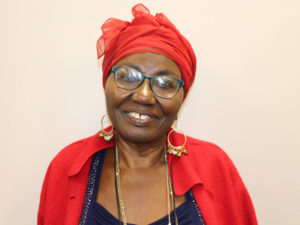 “It has helped me a lot – you wouldn’t believe it!”
“It has helped me a lot – you wouldn’t believe it!”
You might remember 71-year-old San Francisco resident Queen, we blogged about her last year. When the policy change went into effect in June, we helped her navigate the application process. We caught up with her last week to hear about how receiving CalFresh has impacted her life.
Queen shared her excitement about being able to use the benefits to get extra spending power at farmer’s markets through the Market Match program. “The CalFresh benefits help me purchase foods at a local African grocery store. It reminds me of my home in the Gambia,” she said. CalFresh helps her keep in good spirits. She shared, “If you eat good, of course, it impacts your health. I have been diagnosed with depression, so sometimes when I want to lift my spirit, I go and get something that I really like to eat and it helps a lot.”
Take Action!
Are you an SSI recipient interested in applying for CalFresh benefits?
- CLICK: Apply online: GetCalFresh.org
- CALL: Call our hotline to get application assistance in English, Spanish, or Chinese: 415-549-7021
- COME IN: Walk into a county office to apply in person: Locations are listed on the Human Services Agency website
Are you a community-based organization interested in helping your clients enroll?
- The Food Bank provides CalFresh Outreach and Application Assistance training for agencies who work closely with SSI recipients. For San Francisco-based agencies, contact Ada Lai at 415-282-1907 x258 or alai@sfmfoodbank.org. For Marin organizations, contact Alexandra Danino at 415-282-1907 x014 or adanino@sfmfoodbank.org
- Check out the San Francisco Human Services Agency Partner Toolkit, which includes helpful resources and outreach materials
- Download informational flyers to hand out and post at your organization:



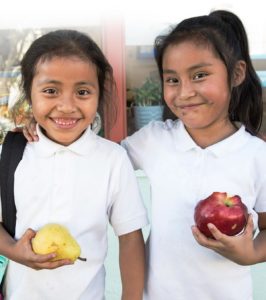
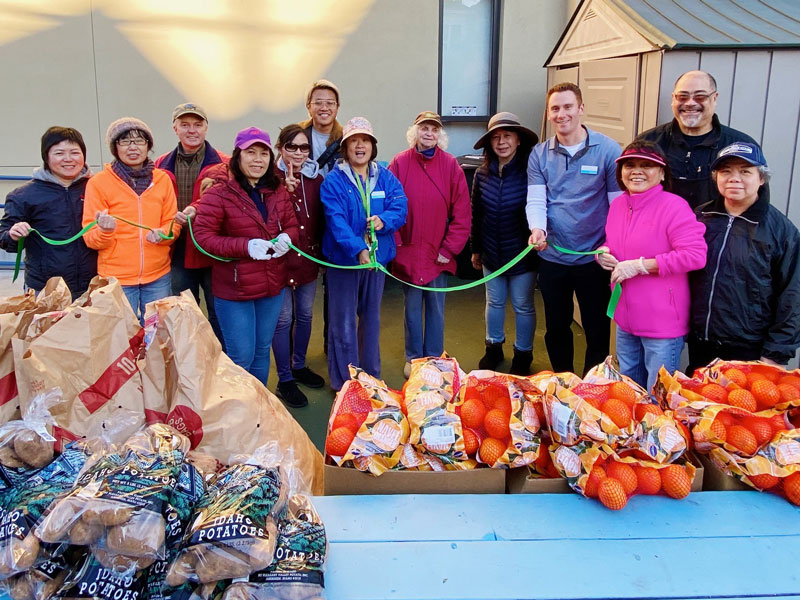
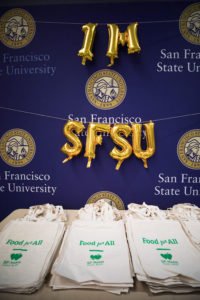
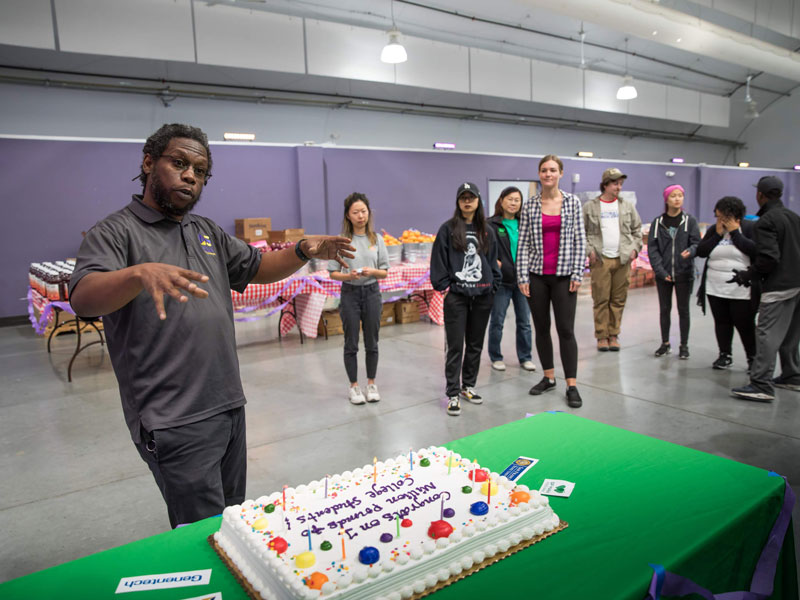
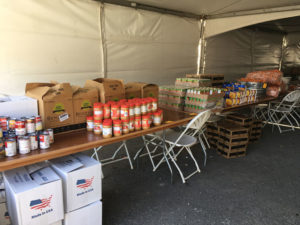
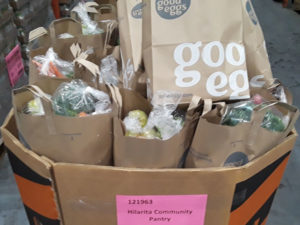
Share